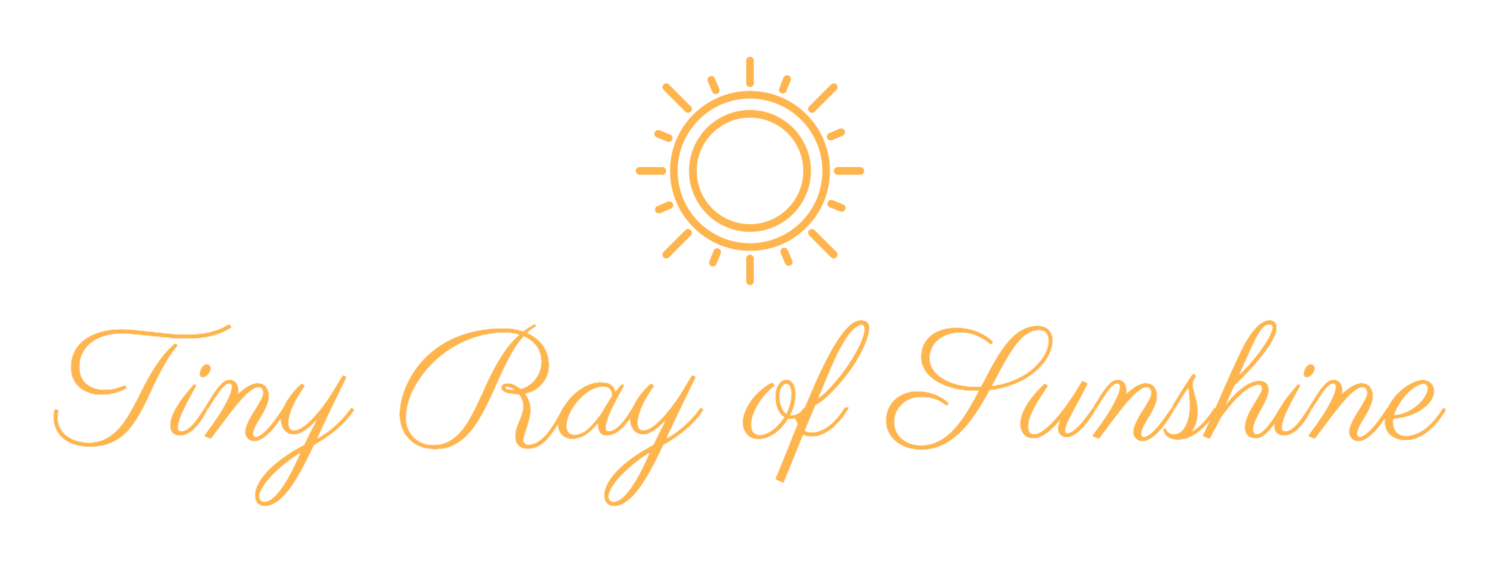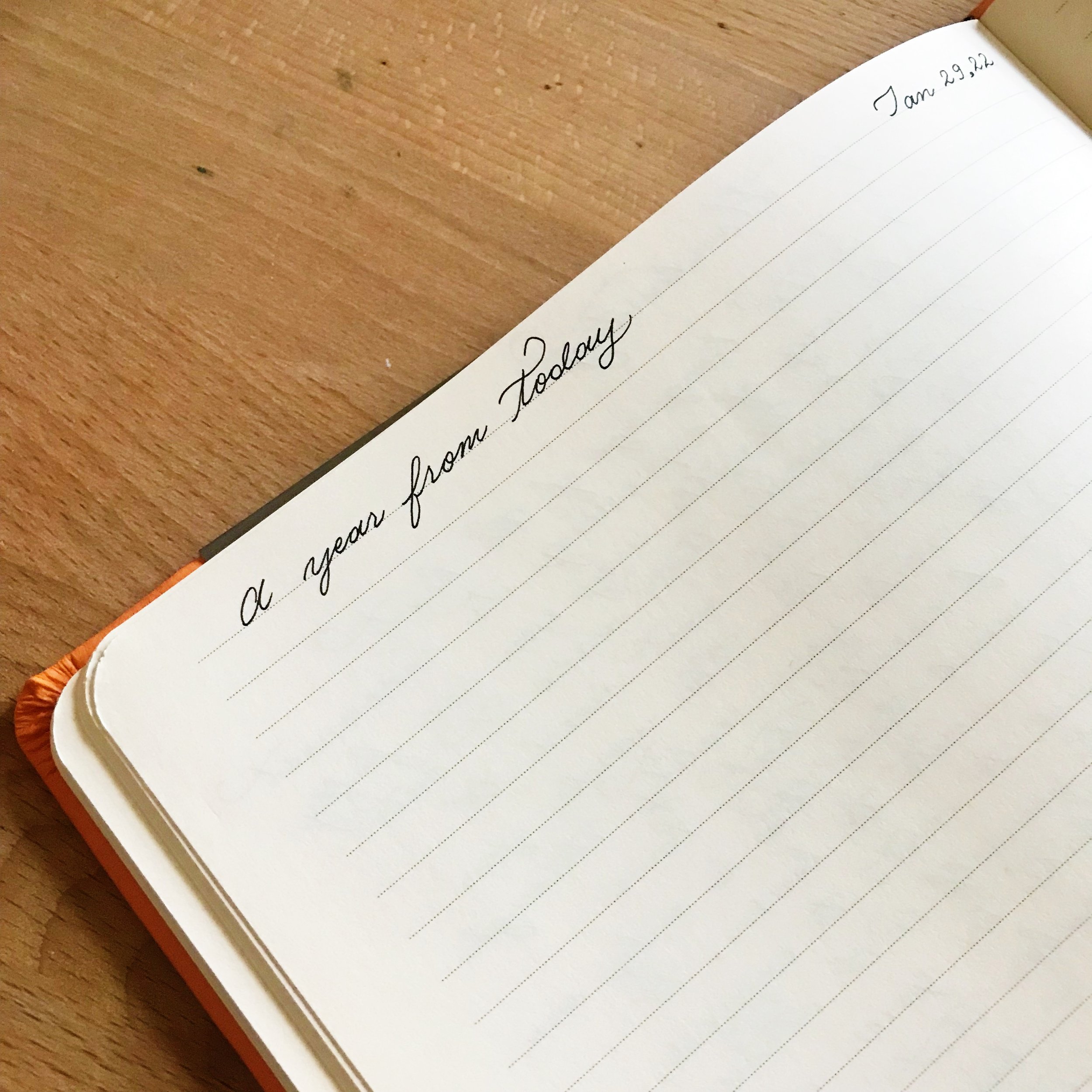Week 44: Schedules (The Bullet Journal Method Book Club)
/Hello Sunshine!
This section is as much about scheduling tips as it is about design. Ryder takes you through his thought process on what constitutes a layout for creating an itinerary, though it can also apply to other time sensitive projects, with tons of little design tips.
Resources:
Buy The Bullet Journal Method.
Hardcover | Audiobook | Ebook | Bullet Journal Notebook
(I will make a small commission at zero extra cost to you if you purchase through these links. This helps keep Tiny Ray of Sunshine going, thank you for your support!)
Schedules
Pages 261 - 264
Welcome to week 44 of The Bullet Journal Method Book Club!
“Time is a critical consideration for any project.” Once you have your list of activities from the previous section for your Hawaii trip, “the next step is to contextualize them in terms of time.” For this example, we’ll create an itinerary. If you’ve created one before, consider what you learned from it. What would you do differently? “This is not about dwelling on the past; it’s about reapplying what you learned to improve your odds of having a better experience.” It’s about constantly reflecting and improving with each iteration.
Begin by figuring out when you want to go. Once you know when to go, you can design a template to slot in the appropriate information. Refer to the example on page 263 to follow along the information Ryder walks you through on page 262.
For the itinerary, Ryder considered the relevant variables of: where, when, and what.
The first column is for the where. In this part, Ryder also threaded the page of the destination so an alternative could be picked quickly.
The second column is for the when, as in the trip dates. He also included the day of the week to make it easier to see at a glance.
The third column is for the the what: the activities. Some of these activities have a time slot designated to them.
Now you have a streamlined template for an itinerary. “This is only a fast example to illustrate the considerations that go into crafting and relating your own Collections, no matter what their application may be. This is your journey, but sometimes it’s helpful to see how to draw a map before you draft your own.” This section covered just as much about scheduling as it did about design tips as Ryder dives into spacing and his decisions to add room for legibility, thus tying in lessons from previous sections (notably Design page 244).
Discussion:
Have you created an itinerary before? What did you learn from it?
What did you find helpful about this section?
What are scheduling tips you’ve learned?
Action List:
Figure out when you want to go on your “Hawaii Vacation.”
Create a Hawaii Itinerary Collection. Ryder mentions this is one of the rare times he’ll use both a pen and pencil.
To create the template for this Collection, refer to page 263 as an example of everything Ryder walks you through on page 262. You will have three columns: The first is the location, the second is when/the date, the third is time and activities.
Your thoughts:
Share your thoughts about this week’s topic in the comments below. Feel free to respond to this week’s discussion points.
You’re also welcome to discuss on social media: Facebook | Instagram | Reddit
< Go back to 43: Lists
> Go to 45: Trackers
- See all of the The Bullet Journal Method Book Club articles











